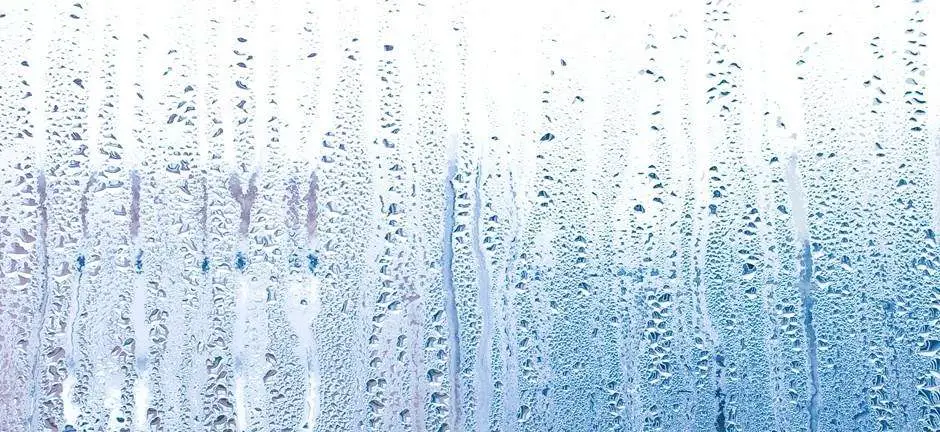There are many common problems that affect dehumidifiers. The most common is a dehumidifier that fails to collect water.
In this guide, we’re going to provide several reasons why your dehumidifier is no longer reducing moisture and tell you how you can fix it.
Why Is My Dehumidifier Not Collecting Water?
There are many common problems that affect dehumidifiers. The most common is a dehumidifier that fails to collect water.
In this guide, we’re going to provide several reasons why your dehumidifier is no longer reducing moisture and tell you how you can fix it.
Common Dehumidifier Problems
Here are a few questions that will help you resolve this problem.
1. Is the Humidity Level Too Low?
If there isn’t much moisture in the air, your dehumidifier isn’t going to be able to reduce humidity effectively. A relative humidity level of around 30% is where most dehumidifiers become less effective as it isn’t possible to reduce humidity any lower.
This means your dehumidifier is working very effectively or it isn’t needed as the air is already so dry.
2. When Was the Last Time You Completed Any Maintenance?
Dehumidifiers need to be maintained frequently. This involves removing the air filters and cleaning them. This will prevent them from becoming blocked with dirt and dust, which will affect moisture removal.
3. Is the Device Placed Correctly?
Improper placement can block airflow and stop the dehumidifier from working properly. Make sure it isn’t placed up against a wall or any furniture.
Always make sure there is enough space around your dehumidifier for it to work efficiently.
What Type of Dehumidifier Do You Have?
When it comes to dehumidifiers, there are two types: desiccant and compressor. Desiccants use a chemical process that eliminates moisture from the air, while compressors work by using refrigeration or evaporators for cooling coils.
Desiccant systems require fewer moving parts than compressors do which can be an advantage. Less maintenance and fewer parts that can fail being the biggest advantage.
Compressor dehumidifiers can struggle in cold temperatures. The coils can freeze up and stop the unit from working properly. That's why desiccant units work better in cold temperatures. They don't have coils or use refrigeration that is susceptible to freezing when operating at low temperatures.
It is possible to buy compressor dehumidifiers with defrost technology. These models are designed for colder environments.
Refrigerant Dehumidifier Not Collecting Water
Refrigerant dehumidifiers may stop collecting water for several reasons. The first reason is frozen coils, but auto-defrosting usually solves this. If there’s ice on your dehumidifier coils despite this feature, then chances are that something else might be wrong like device malfunctioning or an overload tripping which could mean faulty capacitors.
If it is the capacitor, it can be checked for a short-circuit with a multimeter. If faulty, it can be replaced.
The compressor fan may be restricted due to excess dirt and dust covering its blades or bearings. This can happen even if the filters are clean. If you can access the fan, see if you can clean it to get it spinning again.
If the fan bearing has failed completely, you will need to replace the fan.
The fan is powered by a motor. If this motor has failed, replacing the fan by itself won’t be enough. Try manually spinning the fan with your fingers. If it spins freely, the motor may have failed.
If refrigerant is low, this can also prevent the dehumidifier from working properly. Refrigerant doesn’t usually leak, but it can be ‘consumed’ over time.
Check the evaporator coils for cracks to make sure refrigerant hasn’t leaked. Dehumidifiers can be recharged with refrigerant if it is running low.
Lastly, a faulty PCB or control board can cause dehumidifiers to malfunction. While they can be replaced, it isn’t always a cost effective repair. This is especially the case if you can’t source the replacement part yourself and need to hire a technician to fit it.
Many companies offer spare parts. These include Danby, Frigidaire, and Aprilaire to name a few.
Final Verdict
If your dehumidifier isn’t collecting water, it could be the result of a malfunction. It could also be because of its operating environment.
Unless you can identify the part that has failed, we recommend using your warranty to get it repaired or replaced. If out of warranty, you can hire a technician to diagnose the problem.

